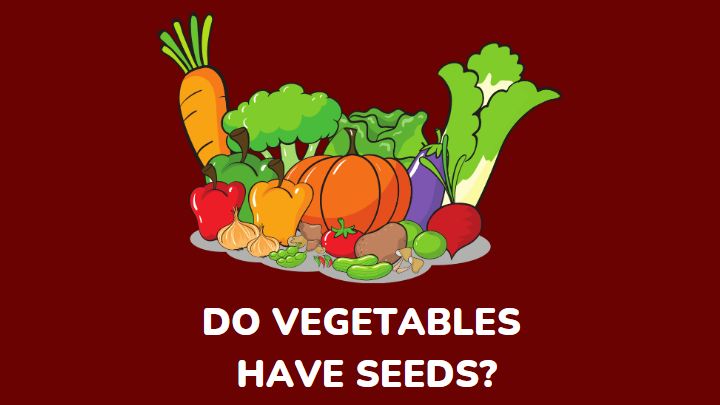Do vegetables have seeds? Yes, but not all. These seeds are visible, as in the case of a tomato, or hidden inside the vegetable, as in the case of a cucumber.
The presence of seeds is one of the key ways to tell if a plant is a vegetable or not.
Here you’ll see a list of vegetables that contain seeds and learn more about flowering vegetables.
How do vegetables have seeds?
The flowers on vegetable plants are pollinated by the wind, insects, or other things. The pollinated flowers then produce fruits that contain the seeds.
The seeds from the vegetable can later be planted in the soil and left to germinate before growing into new vegetable plants.
What makes vegetable seeds different from fruits?
Botanists divide fruits and vegetables into several categories based on their origins. Fruits originate from the flowers of plants, while the rest of the plant is considered a vegetable.
Another major difference is that most vegetables have roots, stems, leaves, and sometimes fruits, but fruits only have seeds.
In addition, most fruits have a very sweet taste but bitter seeds because of their amount of fructose. This aids pollination because animals enjoy the sweetness of the fruits and spit out the bitter parts.
Conversely, most vegetables have less fructose and are not very sweet. Yet, because of their nutritional value, most people eat their seeds raw, e.g., peas and flaxseed.
How do vegetables reproduce?
Some vegetables, such as corn, have large seeds that are easily seen. Other vegetables, such as green peas, have small seeds that are not quickly visible.
For instance, to get a pea plant, you’ll need to get its seed from its pod and plant it in a well-drained area. Its planting season falls between early to late spring if you want a summer harvest.
Conversely, since most of them are seedless, vegetables such as cassava are propagated by planting their stems(The stems grow along the ground to produce new plants).
That said, these next set of vegetables have seeds:
Beets
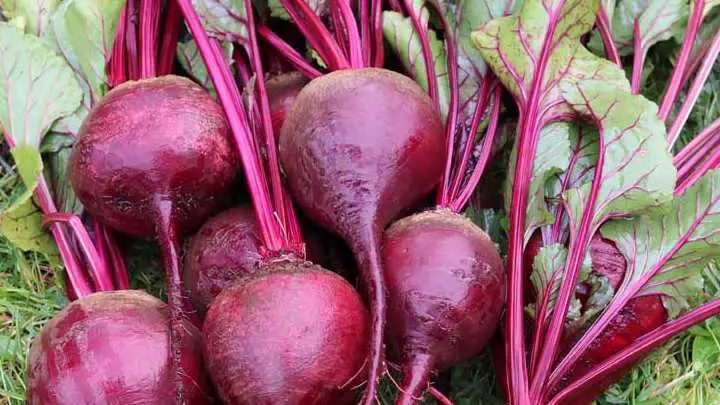
Beets are another type of root vegetable with seeds that comes in a variety of colors, including red, yellow, and white. They can be eaten raw or cooked. Also, they are a common ingredient in salads.
Roasted beets make for a delicious and healthy side dish, or they can be added to soups and stews.
Pureed beets can also be used as a natural food coloring agent. They are a good source of vitamins C and B6, magnesium, and iron.
Cucumbers
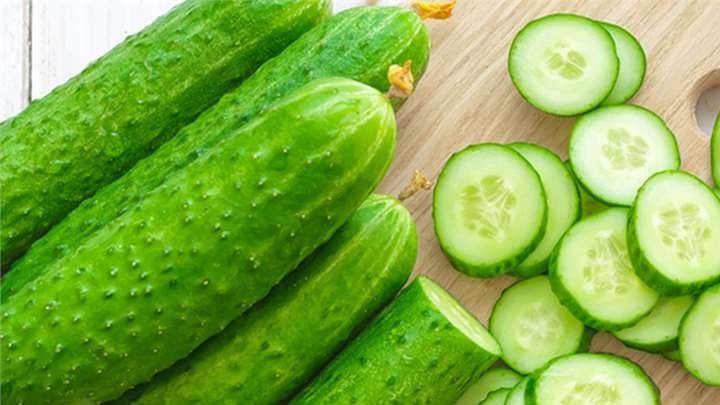
The cucumber is a vegetable that has seeds and belongs to the gourd family. It is green in color, but can also be white or yellow.
It is low in calories and contains several important nutrients, including vitamin C, beta-carotene, and folic acid. You’ll often find it in salads, and sandwiches.
Carrot
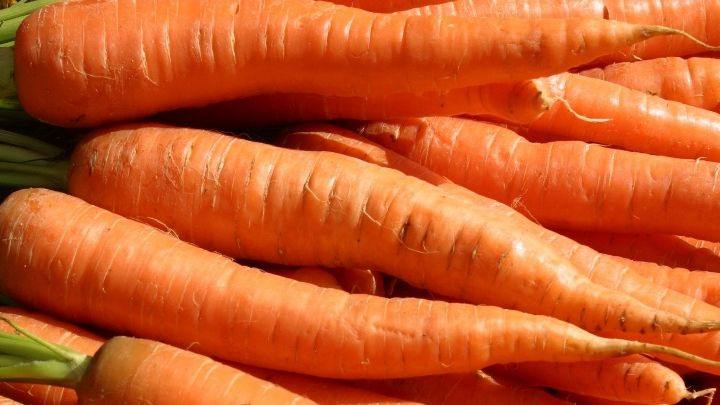
A carrot is a root vegetable that is often used as a crunchy addition to salads. One of the most popular ways to eat carrots is to juice them, which makes for a healthy and refreshing drink.
A carrot by itself does not contain seeds as it is the root of a plant. Carrot seeds grow on terminal branches in the flowerheads of a carrot flower.
Carrots can also be roasted, pureed, or added to soups and stews. And they are a good source of vitamins C and fiber.
Cauliflower
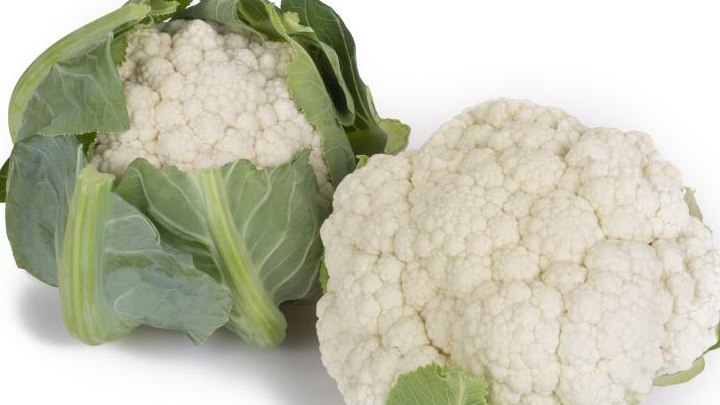
Cauliflower is a member of the cruciferous vegetable family, which include broccoli, Brussels sprouts, cabbage, and kale. This veggie gets its name from the Latin words for “cabbage” and “flower.”
Cauliflower is a cool-weather crop that’s typically in season from October to April. It grows best in temperate climates.
Cauliflower is a vegetable that has seeds. You can find it in different colors, including white, orange, green, and purple. The most common type is white cauliflower, which has a milder flavor than the other varieties.
Cauliflower is a good source of vitamins C and K, as well as fiber and folate. It also contains small amounts of other nutrients, such as pantothenic acid, magnesium, phosphorus, and manganese.
Eggplants
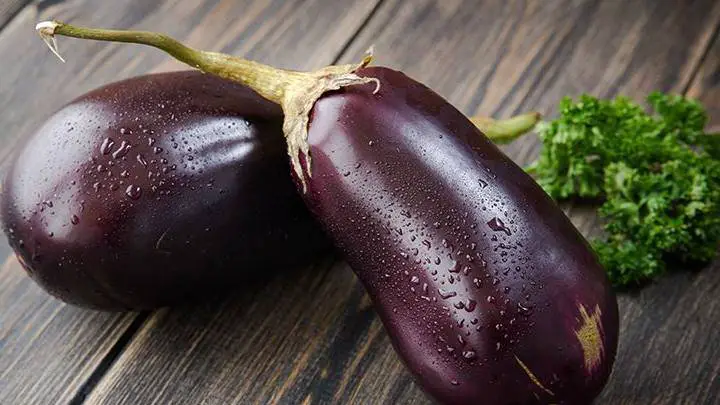
Eggplants are a type of vegetable that has seeds. They are dark purple, but can also be white or green. They belong to the nightshade family, which includes tomatoes, potatoes, and peppers.
Eggplants can be prepared in many ways, including baking, roasting, grilling, and frying. You can also eat them raw. When cooked, eggplant flesh is soft and creamy with a slightly bitter taste.
They are a good source of vitamins and minerals, including vitamin C, potassium, and magnesium, and are low in calories and fat.
Okra
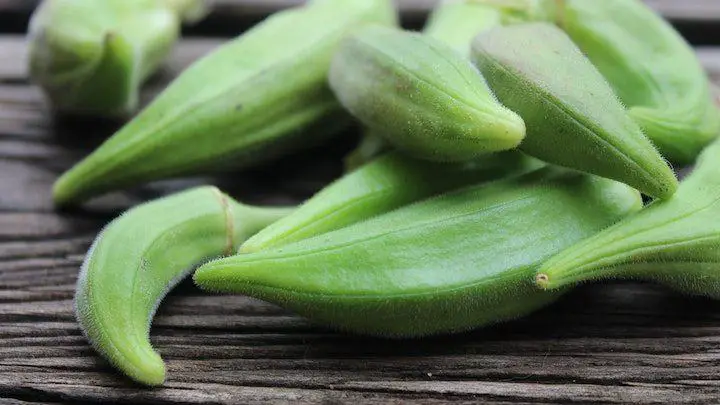
Okra is a flowering plant in the mallow family. The vegetable is also known as lady’s fingers and is cultivated in tropical and subtropical regions.
Okra is a vegetable with seeds. The plant is grown for its edible green pods which are used in soups and stews.
Okra is a source of vitamin A and dietary fiber.
Peas
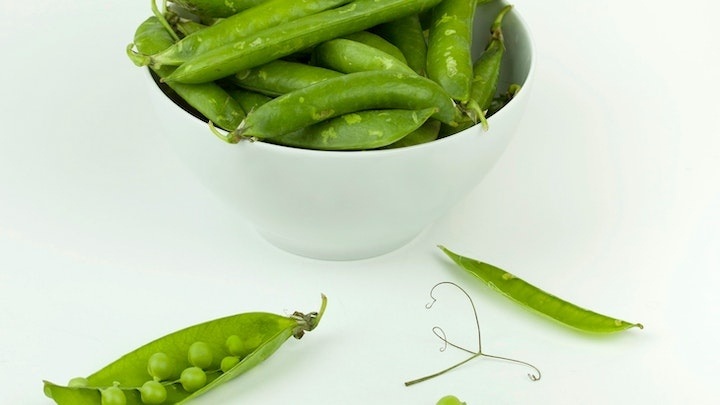
A pea is a small, spherical seed that comes from a pod. The pod is an elongated, green structure that contains several peas. Peas are part of the legume family, which also includes beans and lentils.
They are a cool-weather crop and can be planted as early as two weeks before the last frost in spring. They prefer full sun but can tolerate some shade. Peas are relatively easy to grow and are often used as a “starter crop” for beginning gardeners.
They can be eaten fresh, frozen, or canned. You can also dry and use them in soups, stews, and coles.
Pumpkin
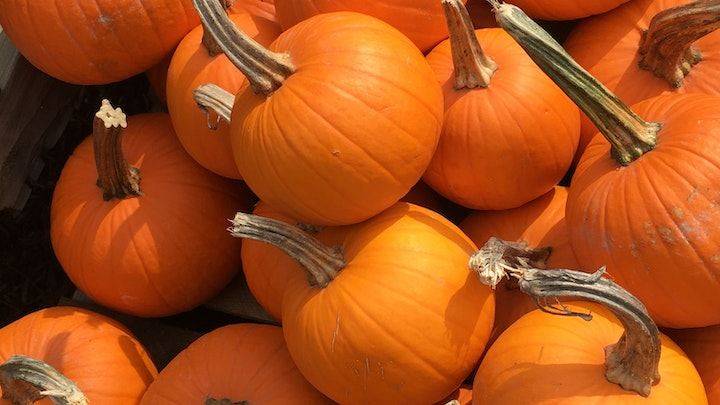
A pumpkin is a type of squash that is typically round, with smooth, slightly ribbed skin, and deep yellow to orange coloration. The thick shell of a pumpkin contains seeds and pulp.
Most pumpkins are used for Jack-o-lanterns, pies, or Halloween decorations, but some varieties are better suited for cooking. Pumpkins are native to North America and have been cultivated there for over 5,000 years.
They are a member of the gourd family, which includes cucumbers, melons, and squash.
Muskmelon
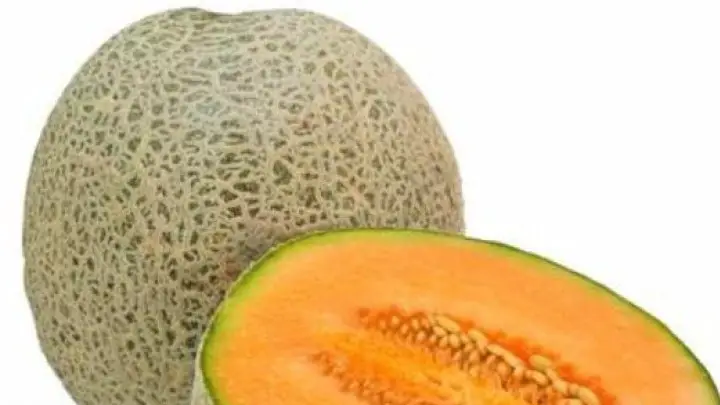
Muskmelon is a variety of melon that has seeds. They are round or oval-shaped, with a hard, outer rind that is green, orange, or yellow. The flesh of muskmelon is usually orange or pink and is very juicy and sweet.
The fruit is native to India and Africa and has been cultivated for thousands of years. Today, they are grown in many parts of the world, including the United States, Africa, and Europe.
Muskmelons are a good source of vitamins A and C and potassium. They can be eaten fresh, or used in salads, desserts, or juices.
FAQs
Can a vegetable also be a fruit?
Yes, it can. Pumpkins are vegetables, but they contain seeds and are also called fruits.
Are all things with seeds fruits?
Botanically, yes. Any food, including vegetables that contain one or more seeds, is a fruit.
Are veggies that contain seeds healthy?
Yes, they are. Veggies that have seeds are a good source of fiber, vitamins, and minerals. They also contain phytochemicals, which are chemicals that have been shown to have potentially healthful effects.
Conclusion
Some vegetables do have seeds, but not all of them. Seeds are typically found in fruits, and not all fruits have seeds either.
The seed content in a vegetable can vary depending on the type of vegetable, with some having more seeds than others. For example, a cucumber has plenty of seeds, while a carrot typically does not have any.
Whether or not a vegetable has seeds is not always an indicator of its nutritional value, however, many vegetables without seeds can still be very healthy and nutritious.
Ultimately, it is up to the individual to decide which vegetables they want to eat based on their personal preferences.
Thanks for reading.
You can find more helpful vegetable guides here on Millenora.
